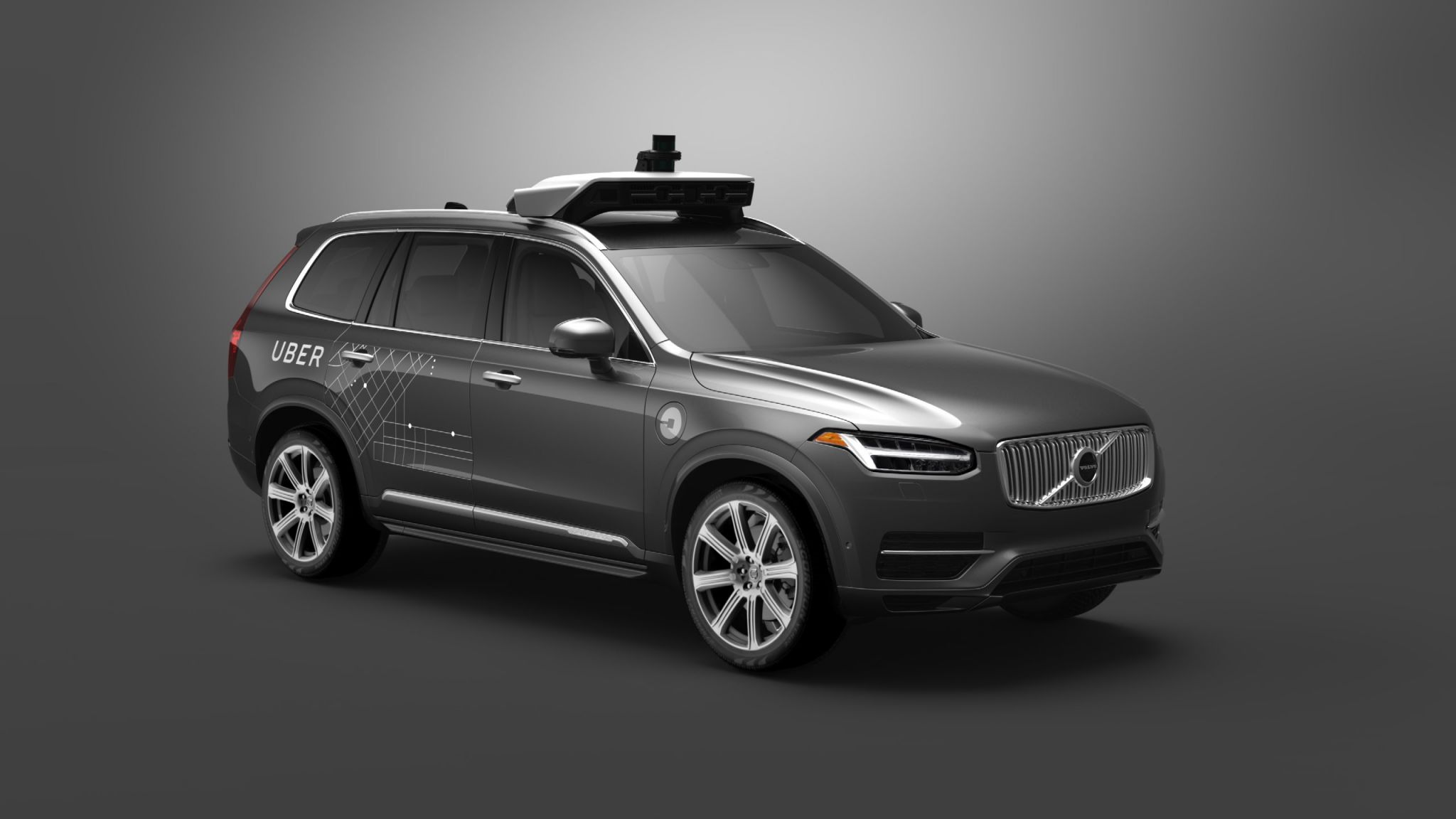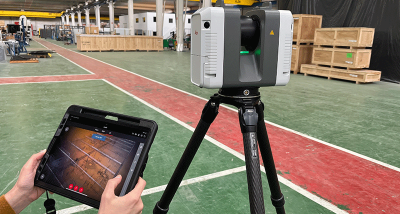Given all the news autonomous driving lately, you’d think that self-driving cars were right around the corner.
Some of this news comes from the LiDAR industry. Quanergy, which makes solid-state LiDAR sensors for self-driving vehicles just joined the “unicorn” club with $90m in investments. Not to be outdone, Velodyne received an even larger funding round to ramp up production of their own automotive LiDAR units, promising to produce “hundreds of thousands” of units per year to meet growing demand from the automotive industry.
For its part, the automotive industry has been producing no shortage of promising news. Ford has promised a fleet of fully autonomous cars within 5 years, and Uber has already sent out its first self-driving vehicles in Pittsburgh (albeit with human engineers still in the pilot’s seat.)
All this points to autonomous cars being right around the corner. Right? Wrong.
Or, so says the head of the Carnegie Mellon University robotics lab, Herman Herman. And he should know: the CMU robotics lab is the very organization that Uber bought up—acquiring 40 of its 100 employees—to build its own autonomous vehicle operations.
In an interview with Motherboard, Herman explained that a lot of what we see as BIG progress in the autonomous car space is marketing hype.
“Uber as a company has to worry about its valuation. I think part of the reason that they released the news about these autonomous taxis is marketing. Technically, I’m not sure if it’s ready. They still have to have engineers in the car. So, for technical reasons, it’s not there. But for non-technical reasons, they decided that it’s a good idea to start talking about it.”
He says we’re most of the way to having self-driving cars ready, but the remaining work is the hardest part.
With autonomous cars, you see these videos from Google and Uber showing a car driving around, but people have not taken it past 80 percent. It’s one of those problems where it’s easy to get to the first 80 percent, but it’s incredibly difficult to solve the last 20 percent. If you have a good GPS, nicely marked roads like in California, and nice weather without snow or rain, it’s actually not that hard. But guess what? To solve the real problem, for you or me to buy a car that can drive autonomously from point A to point B—it’s not even close.
The lesson here is, get excited but don’t get too excited about autonomous cars. We’re probably reaching the peak of inflated expectations for the technology, which means we’re due for some time in the trough of disillusionment on the Gartner curve.
As Herman puts it, “There are fundamental problems that need to be solved,” before self-driving cars are a reality.







